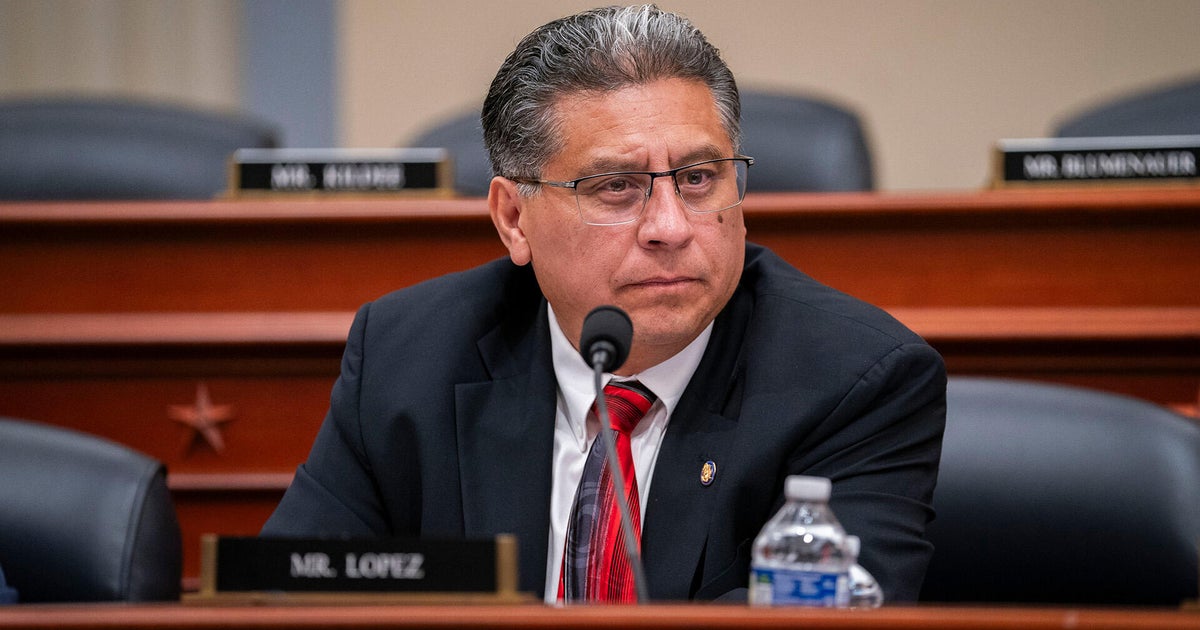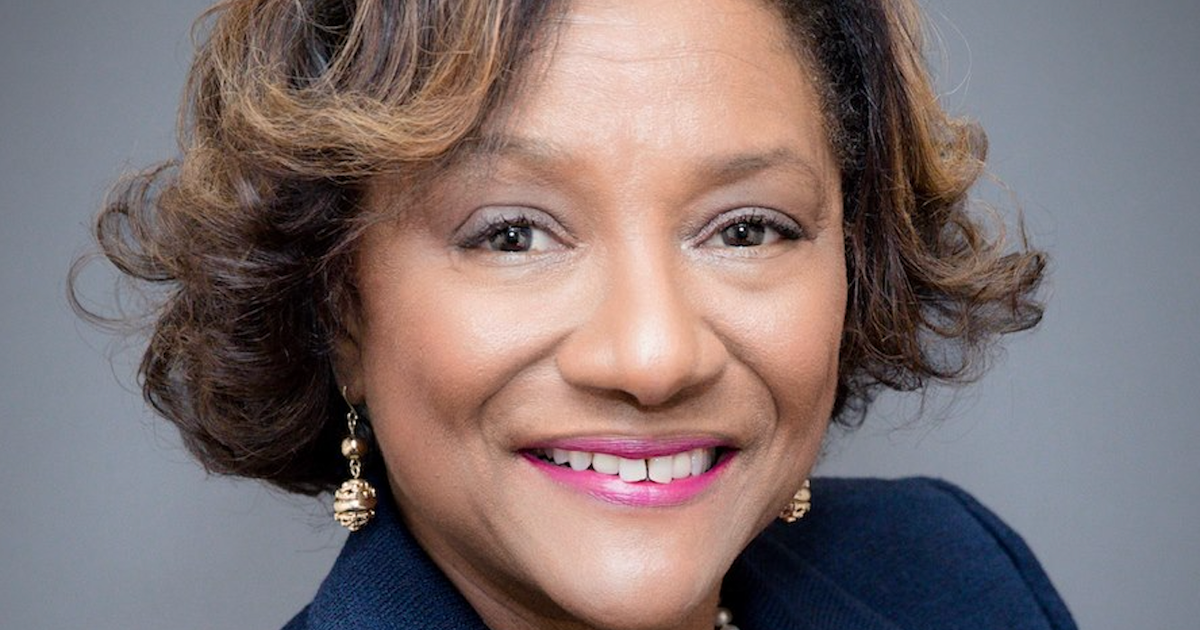JD Vance wants a $5,000 Child Tax Credit, or 150% more than the current CTC. Here's what to know.
Sen. JD Vance, the Republican vice-presidential nominee, says he wants to boost the Child Tax Credit to $5,000 per child from its current $2,000 — an effort that could add trillions in federal spending, according to policy experts.
"I'd love to see a child tax credit that's $5,000 per child," Vance said on "Face the Nation with Margaret Brennan" on Sunday. "President Trump has been on the record for a long time supporting a bigger child tax credit, and I think you want it to apply to all American families."
Vance's idea for boosting the Child Tax Credit by 150% comes less than two weeks after a bill that would have provided a modest expansion in the tax benefit failed in the Senate due to Republican opposition. Supporters of an expanded CTC argue that it would help low- and middle-income families navigate the costs of raising a child, but it's also likely to come with a big price tag for the federal government, according to the Committee for a Responsible Federal Budget, a nonpartisan think tank focused on fiscal policy issues.
"We could easily be talking about $2-$3 trillion in additional borrowing over the next decade," Marc Goldwein, senior policy director for the Committee for a Responsible Federal Budget, told CBS MoneyWatch. "That's a tremendous amount of money."
But Vance didn't provide many details about how he would expand the CTC, which makes it difficult to pinpoint the exact cost, Goldwein added. For instance, Vance didn't disclose if he envisions a fully refundable $5,000 CTC, meaning that people who claim it could receive the entire amount as a tax refund. That would make it more expensive than if it were partially refundable, as the CTC currently is.
Vance hinted that he would like to see an expanded CTC without income thresholds, as the current tax credit phases out for single filers earning over $200,000 and married couples with more than $400,000 in income.
"You don't want a different policy for higher income families," he noted. "You just want to have a pro-family Child Tax Credit."
No-vote on bill to expand the CTC
Vance, though, didn't vote on the failed Senate bill that would have expanded the CTC to provide more benefits to low-income families. Asked on "Face the Nation" about this, Vance called it a "show vote," and added that it would have failed even if he had been there.
Sen. Ron Wyden, a Democrat from Oregon who co-sponsored the failed bill, pointed to Vance's no-vote as undermining his statements in support of an expanded CTC.
"If JD Vance sincerely gave a whit about working families in America, he would have shown up in the Senate a week and a half ago and voted for my proposal to expand the child tax credit and help 16 million low income kids get ahead," Wyden said in a Sunday statement. "He didn't even care enough to use his platform to call on his Senate Republican colleagues to support it."
How much is the CTC?
The CTC currently stands at $2,000, but during the pandemic it had a temporary expansion that boosted the benefit to as much as $3,600 per child. That helped lift more than 2 million children out of poverty, according to U.S. Census data.
But the CTC is facing another major change: In 2026, the tax credit will revert back to $1,000 per child. That's because the benefit was doubled to $2,000 per child by former President Donald Trump's Tax Cuts & Jobs Act, which went into effect in 2018. But many of the TCJA's provisions, including the more generous CTC, expire at the end of 2025.
Vance, meanwhile, has advocated for policies that would encourage Americans to have more children, but even boosting the CTC by 150% isn't likely to move the needle much, Goldwein noted.
The cost of raising a child from birth to age 18 is about $240,000, according to a 2023 study. Some countries that sought to boost their birth rates by providing payments have had mixed results, such as Australia, which started a "baby bonus" about two decades ago. Its birth rate bumped up in the following few years, but has since sunk to a lower rate than when the benefit was first introduced, according to the Sydney Morning Herald.
"$5,000 a year, it's going to lighten the load, but won't cover all those costs," Goldwein noted. "Financial benefits don't move the needle much in fertility."





